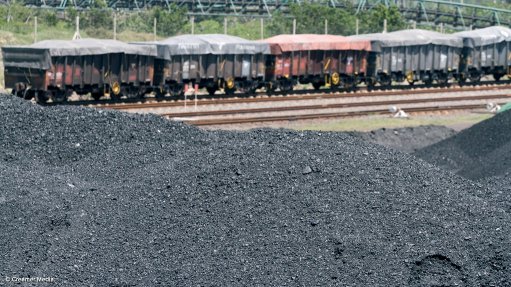
Photo by: Duane Daws
PERTH (miningweekly.com) – Australian rail group Aurizon, India’s GVK Group and Gina Rinehart’s Hancock Prospecting, have unveiled a proposed rail solution to unlock coal reserves in the Galilee basin.
This follows the nonbinding term sheet that the parties signed in March this year, to jointly progress the development of port and rail infrastructure in Queensland.
Under the proposed framework, Aurizon would acquire a 51% interest in Hancock Coal Infrastructure, which owns GVK Hancock’s rail and port projects, with ASX-listed Aurizon investing through an upfront investment and a deferred consideration at the financial close of each phase of the projects.
Aurizon and GVK Hancock said in a joint statement on Monday that the parties had reached alignment on a rail solution, and on the commercial terms for the proposed transaction, which included funding and timing of milestones.
The proposed rail solution meant that, for an initial stage, only 300 km of the 500 km new corridor and track under the original GVK Hancock proposal would be constructed, before connecting to existing Aurizon infrastructure.
This would allow for a phased development at the Abbot Point T3 terminal to match volume and ramp-up, thereby materially reducing the initial cost of the infrastructure.
Under the proposal, the southern rail connection would be built to narrow-gauge specifications to carry trains of up to 25 000 t, with the option to consider an expansion to a full greenfield line if increased tonnage justified the additional investment.
The proposed open-access rail and port infrastructure would also facilitate a staged consolidation of tonnes from several miners in the Galilee and Bowen basins, with the companies saying that this would deliver significant benefits for regional communities by reducing the impact on agricultural land and the environment.
Collectively, the rail and port infrastructure development would attract about A$6-billion investment in the state, and would provide 1 300 jobs during construction, along with 300 long-term jobs once operational.